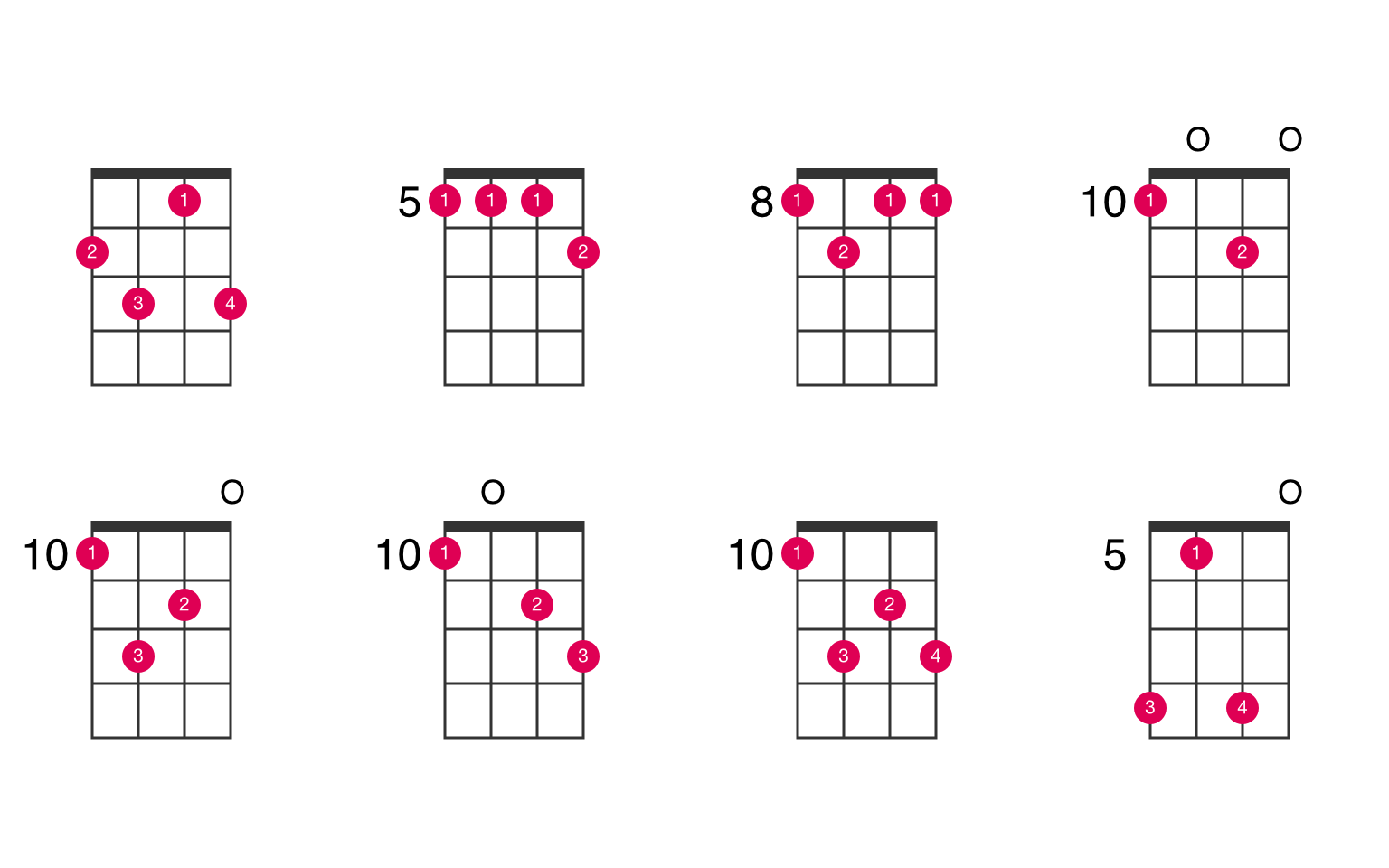

In addition, the study employed a researcher–designed survey instrument to examine whether Western Australian music teachers perceived these principles to be evident in their practical experiences of the new WACE music course. It involved a literature review which sought to produce a set of principles for teaching and learning frameworks based upon international best practice in music education, and applicable in the unique geographical, historical and multicultural WA context. This study investigates the principles which should form the basis of an effective, post-compulsory music curriculum, suitable for WA. Given criticism levelled at its process of creation and implementation, the researcher questions whether the WACE Music course embodies effective, recognised principles to support the effective teaching and learning of music. Following a convoluted process of creation, its implementation into classrooms has been problematic. I also explore how movements often embody and perform aesthetic ideologies and cultural meanings, with these hermeneutic frameworks often shaping listeners’ choice of movements, their proprioception of their own movements, and their perception of the qualities of rhythm and motion in the music they are listening to.Ī new post-compulsory Music course known as the Western Australian Certificate of Education (WACE) Music course was recently introduced into Year 11and 12 in Western Australian (WA) schools. Contrary to many existing theories of meter, I argue that our feelings of beat are not necessarily organized in cyclical grids, but are improvised on the spot by stitching together familiar motions. I take a culturally-situated approach to meter and felt motion, studying traditions of embodied movement and bodily discipline including headbanging in heavy metal (Chapter 1), characteristic dance rhythm topics in non-dance concert music of the eighteenth century (Chapter 2), motivic manipulation and developing variation in late Romantic chamber music (Chapters 3 and 4), and prosody and speech gestures in operatic recitative (Chapter 5).

Metering constructions and practices are often performed by and associated with certain communities and identities. Drawing on concepts from cognitive science and performance studies, I explore how this embodied knowledge is constituted and applied in both planning of musical phrases by a performer, and in-time perception and cognition of musical rhythms by any listener or participant. Many metering practices have conventional metering constructions, specific associations between sounding features, patterns of felt beats, and paths of motion through these beats. We construe meter through embodied metering practices: dance gestures, patterns of counting, or epistemologies of rhythmic motion. I define meter instead as any pattern of felt beats an individual listener chooses to hear, a physical and cognitive interpretation of the music that is (re-) created in the moment of listening. Musical meter is often described as an objective grid-like system of time-points that is created by musical sounds. In particular, I suggest that even with imperfect or unorthodox interpretations that appear to go against the wisdom of conventional analyses and analytic methods, the resulting disturbances may reveal even richer, deeper, and more meaningful musical phenomena. My goal is to show how the study of recorded performances can provide rich and meaningful analytic insight. Second, I argue that an overt mistake, an added note in bar 21, serves to illuminate a striking feature of Chopin’s voice leading that has larger implications for our comprehension of the Prelude’s formal use of texture. First I discuss how a peculiarly rolled chord in bar 7 opens up a more complicated understanding of musical time as it relates to harmonic inactivity. Building upon the interpretive approaches of John Rink, Joel Lester, and Pablo Casals, I discuss two idiosyncratic passages in Moiseiwitsch’s rendition, moments that have often drawn criticism, in order to reveal what new questions his performance raises. In this paper I examine the recorded performance of Chopin’s E minor Prelude Op.


 0 kommentar(er)
0 kommentar(er)
